Time Series Analysis in Hydrogeological Conceptual Model Upgrading †
Abstract
1. Introduction
- the intrinsic variability of natural processes;
- an inability to understand the physical system in its complexity;
- a lack of sufficient data, both in terms of quality and/or quantity [4].
2. Conceptual Model Update: From Monitoring Data to Error Detection
- modeling errors—because of incorrect hypotheses in the conceptual model, the model fails in reproducing some processes or some cause–effect relationships;
- parametric errors—due to an insufficient knowledge of the parameters describing the system behavior (i.e., connected to measurement errors, system heterogeneity or incorrect working scale).
3. Examples of Time Series Analysis in Hydrogeological Modeling Improvement
3.1. Hydrogeological Risk in Tunneling
3.2. Landslide Hydrogeological Risk
3.3. Groundwater Pollution Risk
4. Conclusions
Funding
Institutional Review Board Statement
Informed Consent Statement
Data Availability Statement
Conflicts of Interest
References
- Boronina, A.; Renard, P.; Balderer, W.; Christodoulides, A. Groundwater resources in the Kouros catchment (Cyprus): Data analysis and numerical modelling. J. Hydrol. 2002, 271, 130–149. [Google Scholar] [CrossRef]
- Francani, V.; Gattinoni, P. Statistical risk analysis of groundwater pollution. In GeoCongress 2008: Geosustainability and Geohazard Mitigation; American Society of Civil Engineers: Reston, VA, USA, 2008; Volume 178, pp. 154–161. [Google Scholar]
- Gattinoni, P. Parametrical landslide modeling for the hydrogeological susceptibility assessment: From the Crati Valley to the Cavallerizzo landslide (Southern Italy). Nat. Hazards 2008, 50, 161–178. [Google Scholar] [CrossRef]
- Loaiciga, H.A.; Charbeneau, R.J.; Everett, L.G.; Fogg, G.E.; Hobbs, B.F.; Rouhani, S. Review of Ground-Water Quality Monitoring Network Design. J. Hydraul. Eng. 1992, 118, 11–37. [Google Scholar] [CrossRef]
- Makropoulos, C.; Koutsoyiannis, D.; Stanić, M.; Djordjević, S.; Prodanović, D.; Dašić, T.; Prohaska, S.; Maksimović, C.; Wheater, H. A multi-model approach to the simulation of large scale karst flows. J. Hydrol. 2008, 348, 412–424. [Google Scholar] [CrossRef]
- Hassan, A.E. A methodology for validating numerical ground water models. Groundwater 2004, 42, 347–362. [Google Scholar] [CrossRef] [PubMed]
- Straface, S. A procedure of Model Validation with a Bayesian Approach. In XXX IAHR Congress—Agora Thessaloniki. Calibration and Validation of 3D Numerical Model; International Association of Hydraulic Engineering and Research: Thessaloniki, Greece, 2003. [Google Scholar]
- Gaganis, P.; Smith, L. A Bayesian Approach to the quantification of the effect of model error on the predictions of groundwater models. Water Resour. Res. 2001, 37, 2309–2322. [Google Scholar] [CrossRef]
- Flavelle, P. A quantitative measure of model validation and its potential use for regulatory purposes. Adv. Water Resour. 1992, 15, 5–13. [Google Scholar] [CrossRef]
- Davis, P.A.; Goodrich, M.T. A Proposed Strategy for the Validation of Ground-Water Flow and Solute Transport Models. In Proceedings from GEOVAL 1990; Swedish Nuclear Power Inspectorate: Stockholm, Sweden, 1990. [Google Scholar]
- Gattinoni, P.; Scesi, L.; Arieni, L.; Canavesi, M.; Zaffaroni, F. A new rating system for hydrogeological risk management along railway infrastructures in Prealpine zone (northern Italy). Innov. Infrastruct. Solutions 2021, 6, 1–14. [Google Scholar] [CrossRef]
- De Finis, E.; Gattinoni, P.; Scesi, L.; Valletta, A. Conceptual and numerical modelling for hydrogeological hazard assessment in the UNESCO site of Castelseprio (northern Italy). In Proceedings of the International Multidisciplinary Scientific GeoConference SGEM 2018, Albena, Bulgaria, 30 June–9 July 2018; Volume 18, pp. 161–176. [Google Scholar]
- Gattinoni, P.; Scesi, L. From hydrogeological hazard identification to risk assessment in tunnelling: An example in northern Italy. In Proceedings of the 20th International Multidisciplinary Scientific GeoConference SGEM, Albena, Bulgaria, 16–25 August 2020; pp. 519–530. [Google Scholar]
- Loew, S. Groundwater hydraulics and environmental impacts of tunnels in crystalline rocks. In Meccanica e Ingegneria delle Rocce; MIR: Torino, Italy, 2002; pp. 201–217. [Google Scholar]
- Molinero, J.; Samper, J.; Juanes, R. Numerical modeling of the transient hydrogeological response produced by tunnel construction in fractured bedrocks. Eng. Geol. 2002, 64, 369–386. [Google Scholar] [CrossRef]
- Celestino, T.B.; Gianbastiani, M.; Bortolucci, A.A. Water inflows in tunnels: Back-analysis and role of different lining systems. In AITES-ITA 2001, Progress in Tunnelling after 2000; Teuscher, P., Colombo, A., Eds.; Pàtron Editore: Bologna, Italy, 2001; Volume 2, pp. 547–554. [Google Scholar]
- Goodman, R.E.; Moye, D.G.; Van Schalkwyk, A.; Javandel, I. Ground water inflow during tunnel driving. Eng. Geol. 1965, 2, 39–56. [Google Scholar]
- Colombo, L.; Gattinoni, P.; Scesi, L. Influence of underground structures and infrastructures on the groundwater level in the urban area of milan, italy. Int. J. Sustain. Dev. Plan. 2017, 12, 176–184. [Google Scholar] [CrossRef]
- Anagnostou, G. The influence of tunnel excavation on the hydraulic head. Int. J. Numer. Anal. Methods Géoméch. 1995, 19, 725–746. [Google Scholar] [CrossRef]
- Dematteis, A.; Kalamaras, G.; Eusebio, A. A systems approach for evaluating springs drawdown due to tunnelling. In AITES-ITA 2001, Progress in Tunnelling after 2000; Teuscher, P., Colombo, A., Eds.; Pàtron Editore: Bologna, Italy, 2001; Volume 1, pp. 257–264. [Google Scholar]
- Hendron, A.J.; Patton, F.D. The Vaiont Slide, A Geotechnical Analysis Based on New Geologic Observations of the Failure Surface; Tech. Rep. GL-85-5; U.S. Army Corps of Engineers: Washington, DC, USA, 1985.
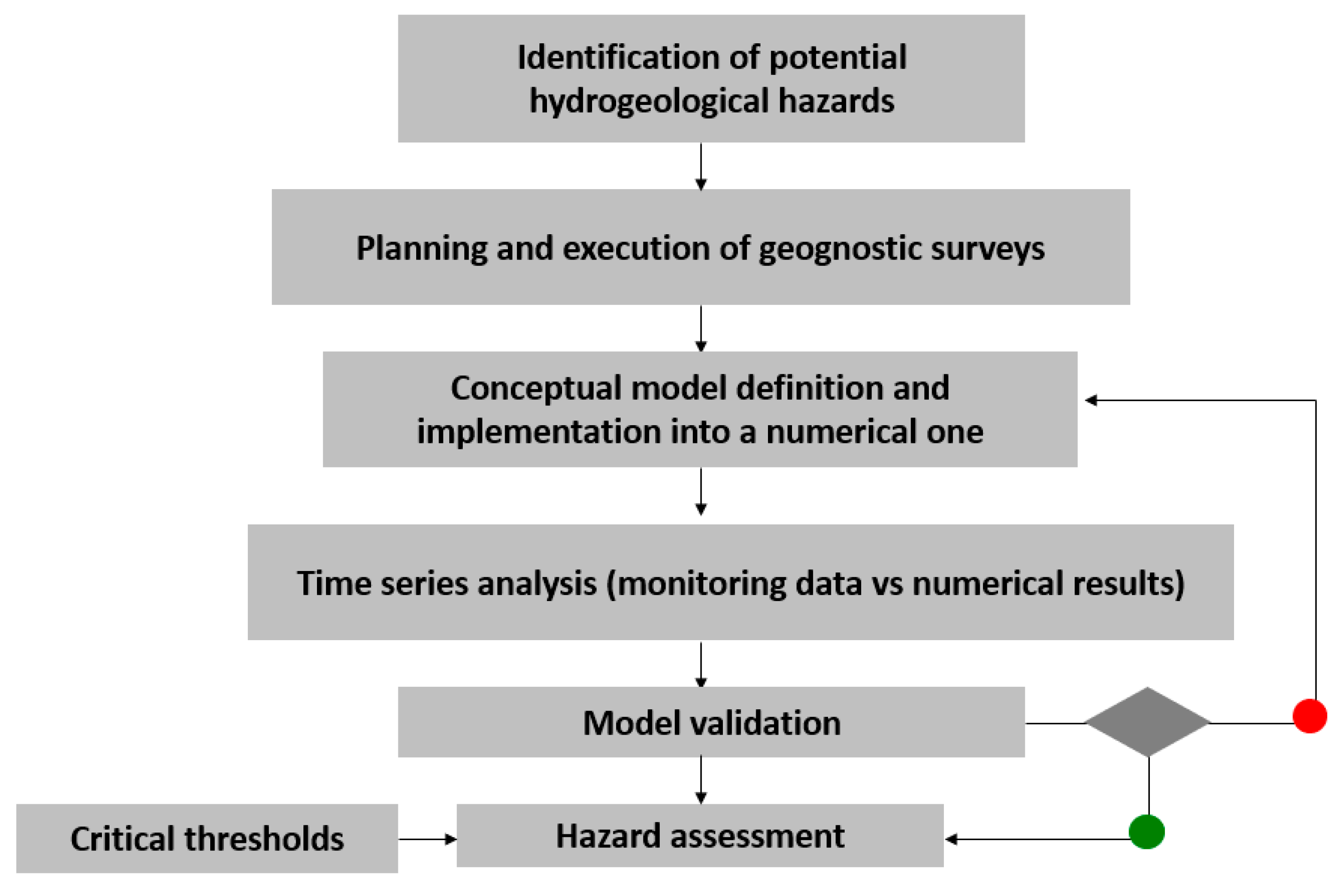
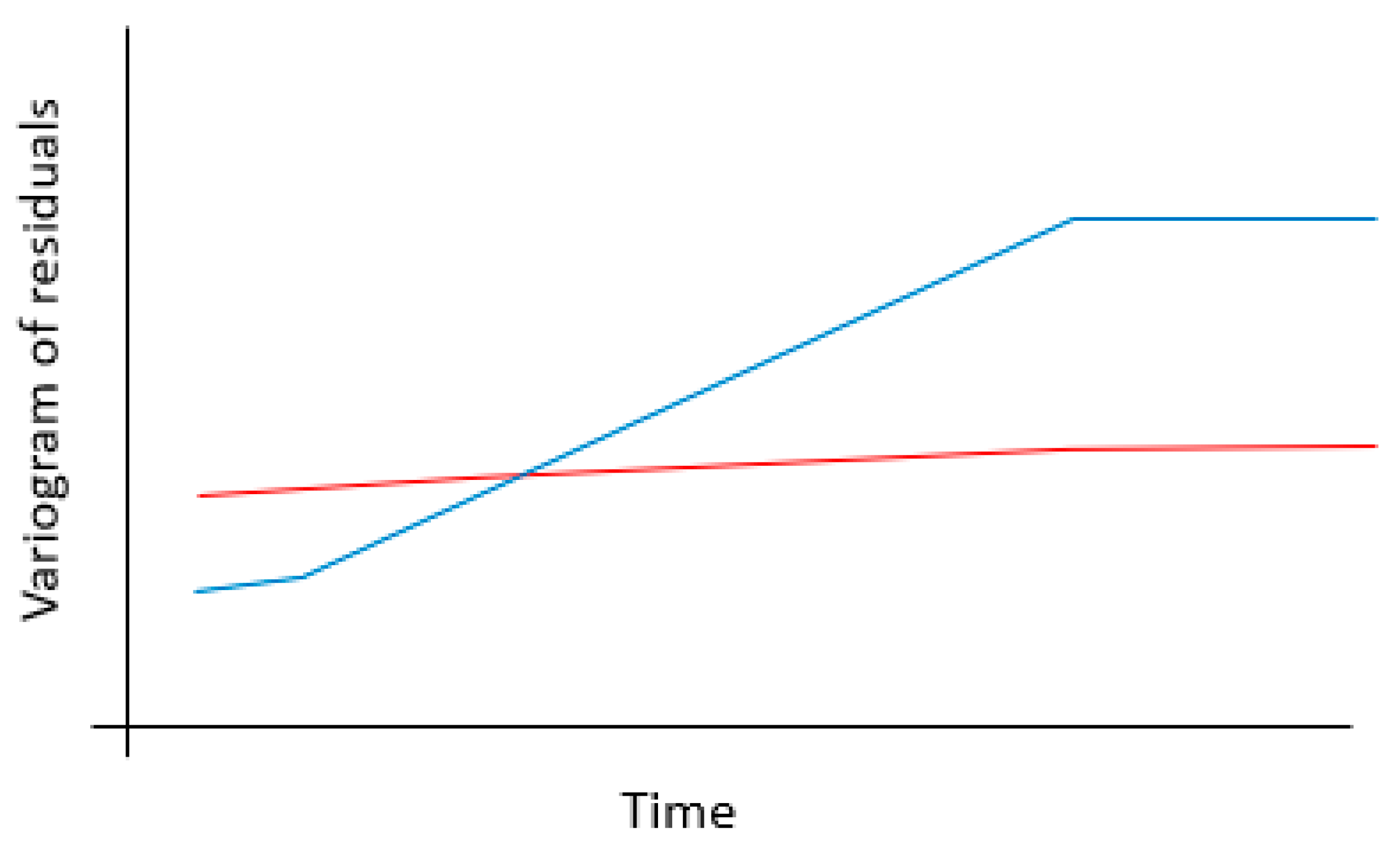
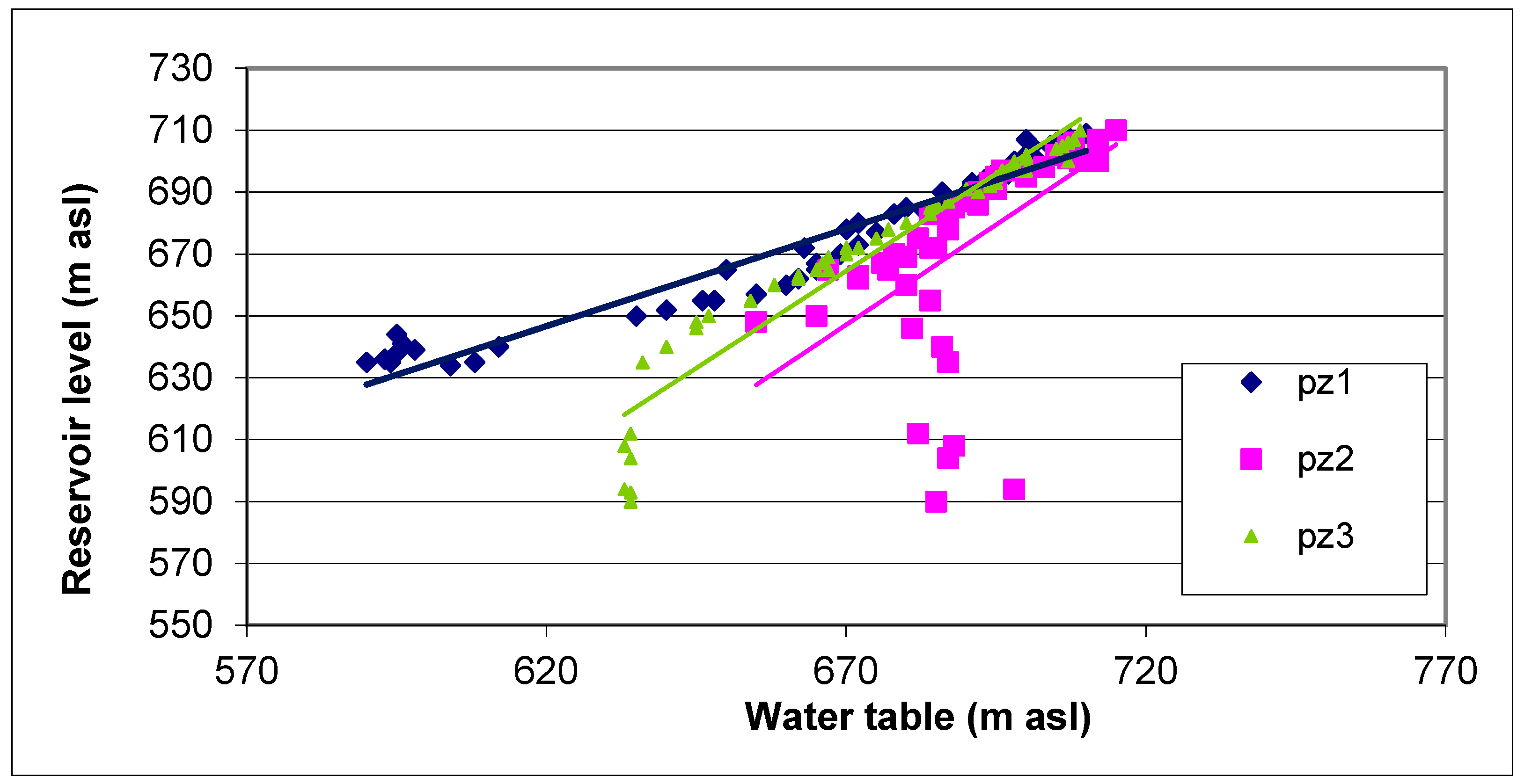
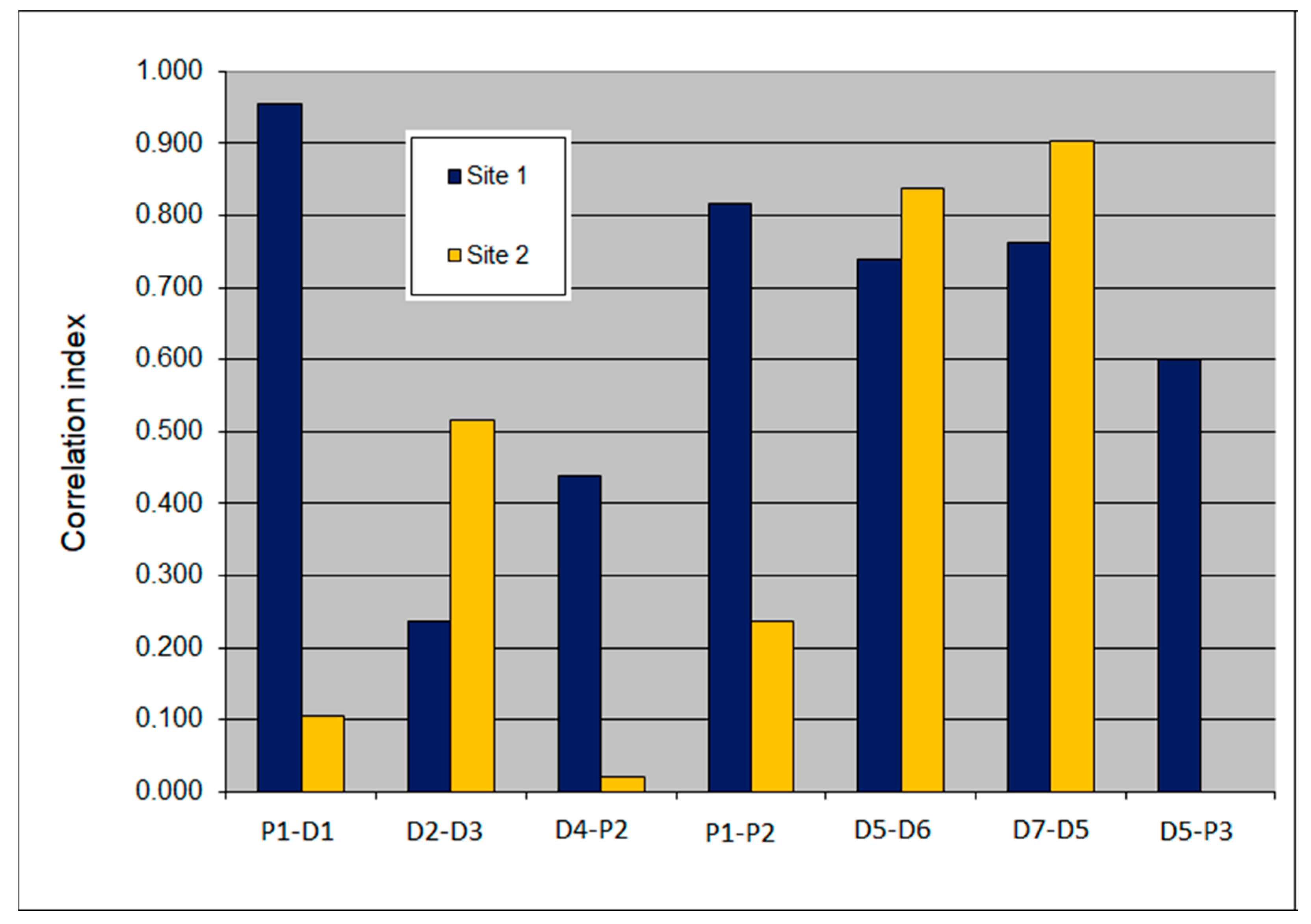
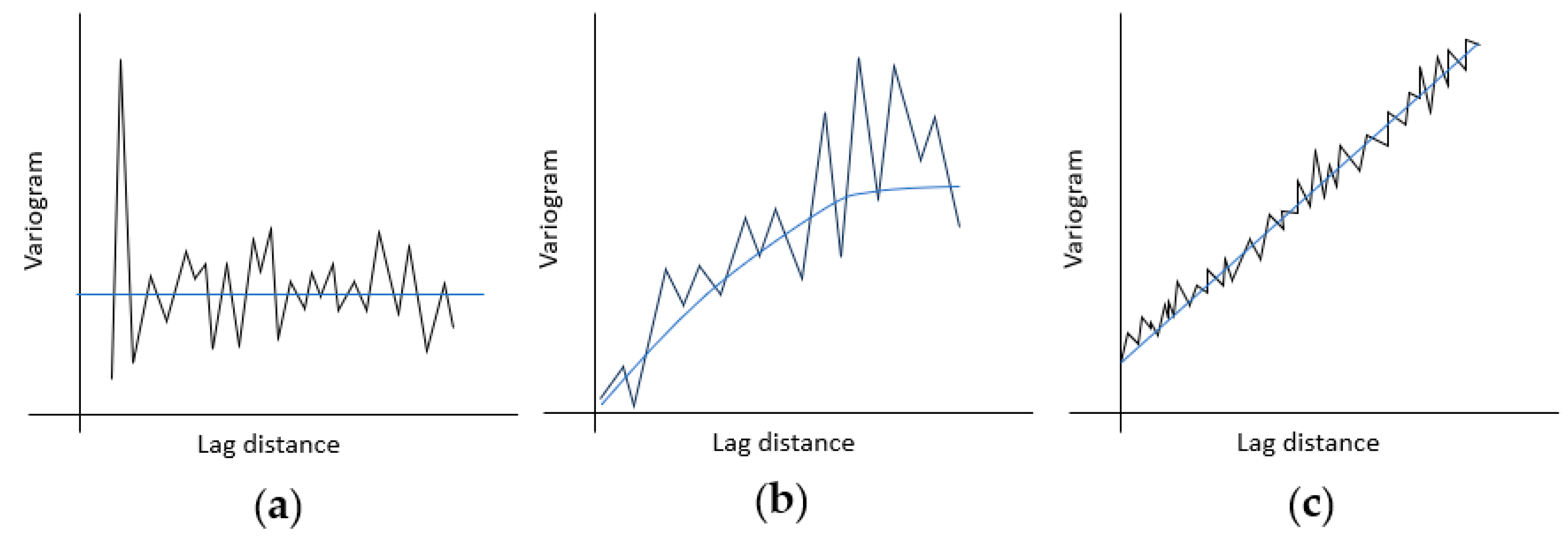
Disclaimer/Publisher’s Note: The statements, opinions and data contained in all publications are solely those of the individual author(s) and contributor(s) and not of MDPI and/or the editor(s). MDPI and/or the editor(s) disclaim responsibility for any injury to people or property resulting from any ideas, methods, instructions or products referred to in the content. |
© 2023 by the author. Licensee MDPI, Basel, Switzerland. This article is an open access article distributed under the terms and conditions of the Creative Commons Attribution (CC BY) license (https://creativecommons.org/licenses/by/4.0/).
Share and Cite
Gattinoni, P. Time Series Analysis in Hydrogeological Conceptual Model Upgrading. Eng. Proc. 2023, 39, 44. https://doi.org/10.3390/engproc2023039044
Gattinoni P. Time Series Analysis in Hydrogeological Conceptual Model Upgrading. Engineering Proceedings. 2023; 39(1):44. https://doi.org/10.3390/engproc2023039044
Chicago/Turabian StyleGattinoni, Paola. 2023. "Time Series Analysis in Hydrogeological Conceptual Model Upgrading" Engineering Proceedings 39, no. 1: 44. https://doi.org/10.3390/engproc2023039044
APA StyleGattinoni, P. (2023). Time Series Analysis in Hydrogeological Conceptual Model Upgrading. Engineering Proceedings, 39(1), 44. https://doi.org/10.3390/engproc2023039044





